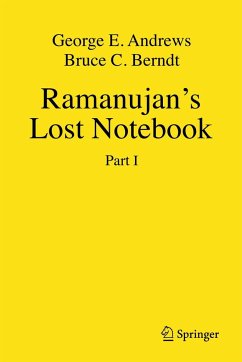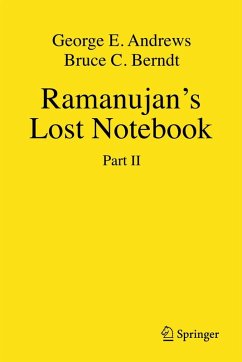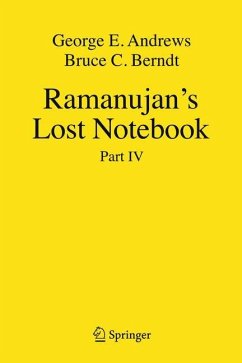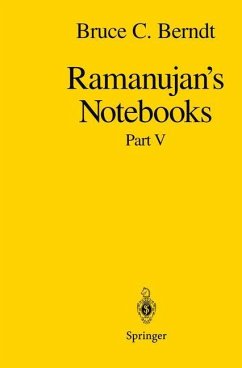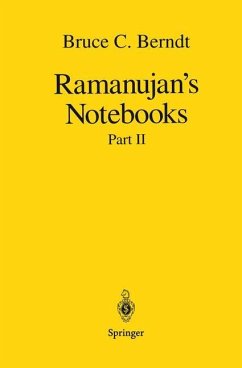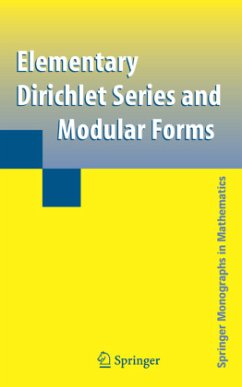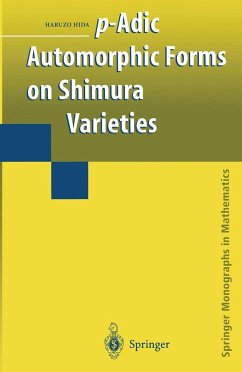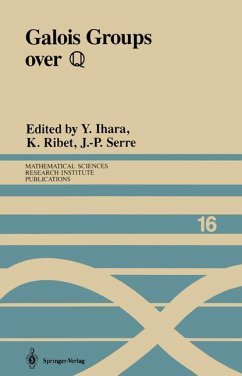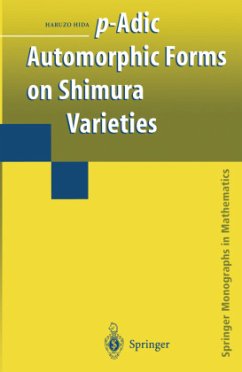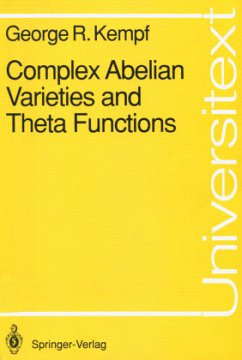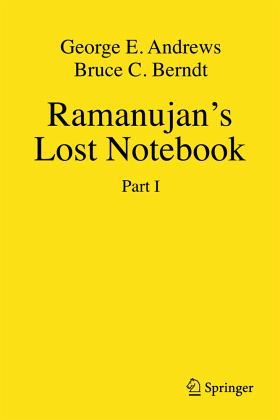
Ramanujan's Lost Notebook
Part I

PAYBACK Punkte
49 °P sammeln!
In the spring of 1976, George Andrews of Pennsylvania State University visited the library at Trinity College, Cambridge, to examine the papers of the late G.N. Watson. Among these papers, Andrews discovered a sheaf of 138 pages in the handwriting of Srinivasa Ramanujan. This manuscript was soon designated, "Ramanujan's lost notebook." Its discovery has frequently been deemed the mathematical equivalent of finding Beethoven's tenth symphony.The "lost notebook" contains considerable material on mock theta functions and so undoubtedly emanates from the last year of Ramanujan's life. It should be...
In the spring of 1976, George Andrews of Pennsylvania State University visited the library at Trinity College, Cambridge, to examine the papers of the late G.N. Watson. Among these papers, Andrews discovered a sheaf of 138 pages in the handwriting of Srinivasa Ramanujan. This manuscript was soon designated, "Ramanujan's lost notebook." Its discovery has frequently been deemed the mathematical equivalent of finding Beethoven's tenth symphony.
The "lost notebook" contains considerable material on mock theta functions and so undoubtedly emanates from the last year of Ramanujan's life. It should be emphasized that the material on mock theta functions is perhaps Ramanujan's deepest work. Mathematicians are probably several decades away from a complete understanding of those functions. More than half of the material in the book is on q-series, including mock theta functions; the remaining part deals with theta function identities, modular equations, incomplete elliptic integrals ofthe first kind and other integrals of theta functions, Eisenstein series, particular values of theta functions, the Rogers-Ramanujan continued fraction, other q-continued fractions, other integrals, and parts of Hecke's theory of modular forms.
The "lost notebook" contains considerable material on mock theta functions and so undoubtedly emanates from the last year of Ramanujan's life. It should be emphasized that the material on mock theta functions is perhaps Ramanujan's deepest work. Mathematicians are probably several decades away from a complete understanding of those functions. More than half of the material in the book is on q-series, including mock theta functions; the remaining part deals with theta function identities, modular equations, incomplete elliptic integrals ofthe first kind and other integrals of theta functions, Eisenstein series, particular values of theta functions, the Rogers-Ramanujan continued fraction, other q-continued fractions, other integrals, and parts of Hecke's theory of modular forms.



